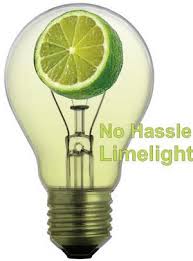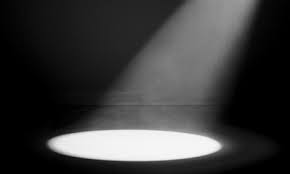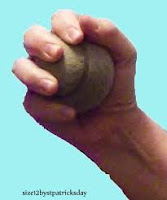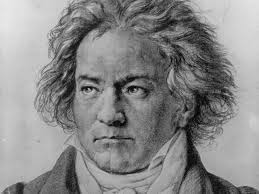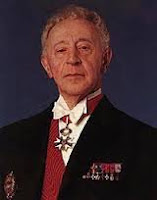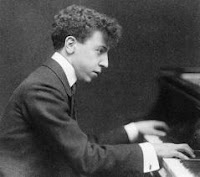A contributor to a pianist's forum writes: "Stage Fright! How do you deal with it? Tips?
As much as I believe that getting over stage fright is a personal thing, I'm wondering how you help your students get over debilitating stage fright."
At the moment we walk out on the stage,
secure in the knowledge that we know our business, the focus should then be on the first musical points—what is this passage about? What does it fell like in my hands to produce the sound I want?
Another contributor felt that the answer was insufficient, pressing the point further: "What makes some people function under stress and pressure so well, and some go to ruin, [both] on and off the stage."
Well, I responded, this is, it seems to me, taking the discussion to a different place. Heretofore, I assumed that the student in question felt an innate desire to perform.
There are performing personalities.
These are the ones who crave the lime light and failure is not something that crosses their minds. I know some of these and I'm not one of them. This is one extreme of the spectrum. There are other types of personalities all along this spectrum, including those who love the music, the study of it, the playing of it, but perform mostly because that seems a reasonable outcome of the study. Learning to perform reliably becomes for these people a study in itself. I'm more like one of these, someone who has performed a great deal largely because in the beginning, at least, others thought I should because I could.
It's true that for some people to organize their thoughts and focus on the task at hand is harder than for others. One exercise I've used is about breathing: Learn to focus only on the breath, the regularity of it, the slowness of it. This can help to slow the pulse and reduce the chance that tempos will be out of control. In the
end, though, everyone
has butterflies before a performance. I think without these butterflies there would be no flight.There is more on performance anxiety in Piano Technique Demystified: Insights into Problem Solving, by yours truly.




